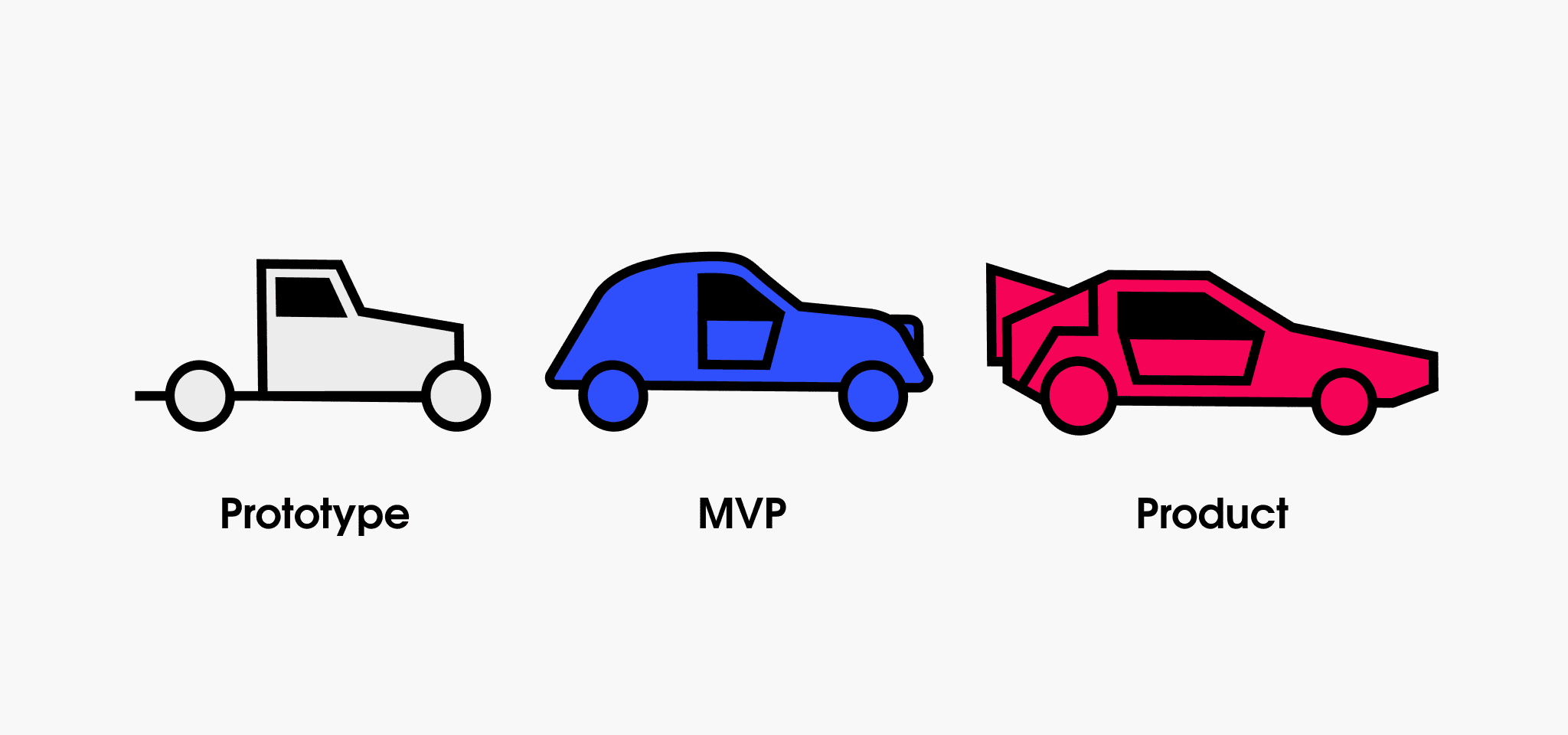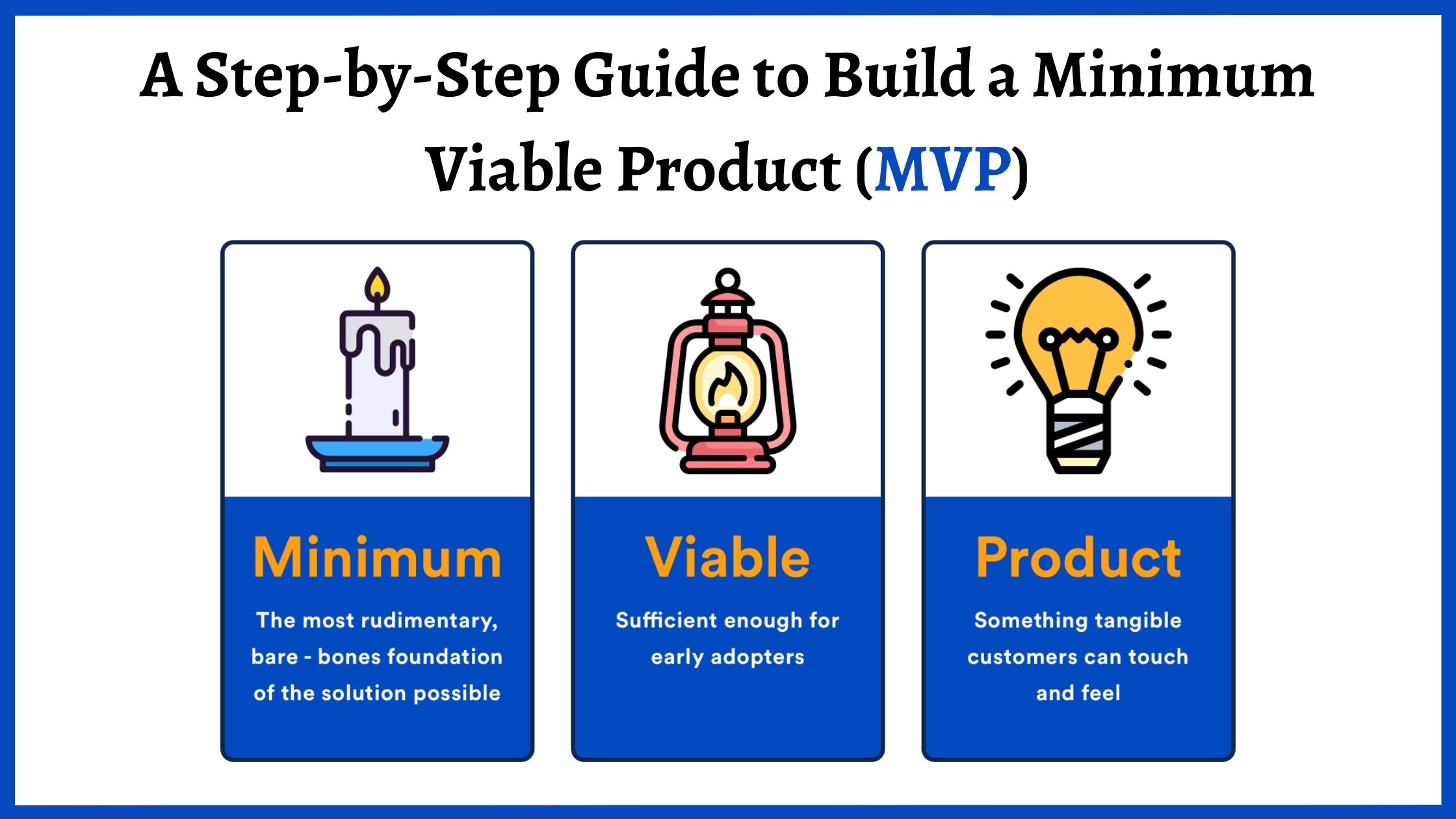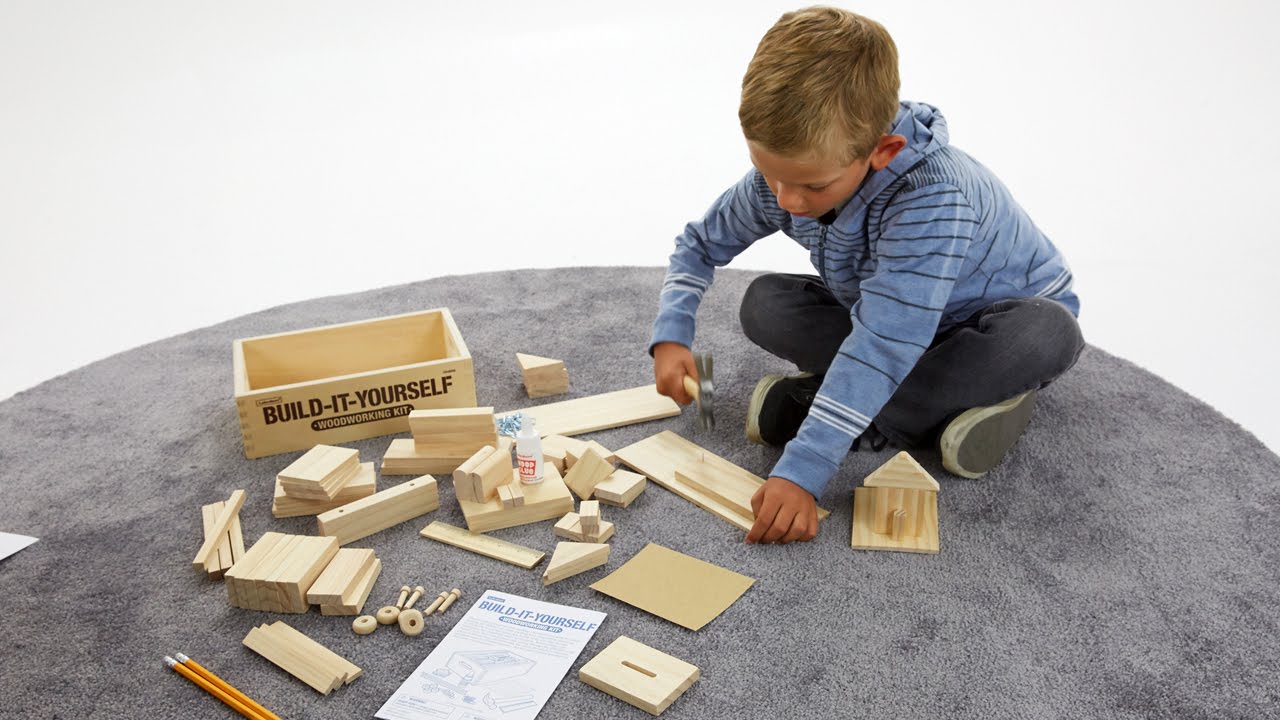Breakthrough MVP Creation: The Ultimate Innovation Roadmap for Bold Entrepreneurs
Discover revolutionary strategies for building game-changing Minimum Viable Products (MVPs) that disrupt industries, attract investors, and transform startup dreams into reality.

Introduction: Reimagining the MVP Landscape
Holy innovation, entrepreneurs! 🚀 Buckle up for a wild ride through the most transformative MVP development strategies you've ever encountered. Gone are the days of mundane product development - we're about to dive deep into a revolutionary approach that'll make your startup stand out like a unicorn in a field of donkeys.
The Paradigm Shift: MVPs in the Modern Entrepreneurial Era
Deconstructing Traditional MVP Mythology
Let's blow up some myths about Minimum Viable Products. Traditional thinking suggests an MVP is just a bare-bones prototype, but we're here to tell you it's so much more. It's your startup's first love letter to the market - compelling, provocative, and absolutely unforgettable.
The New MVP Equation
- Viability > Minimum
- Innovation > Conformity
- Impact > Features
Strategic Ideation: From Concept to Breakthrough
The Radical Idea Generation Framework
Forget brainstorming - we're talking about idea warfare. Your MVP isn't just a product; it's a strategic weapon designed to:
- Solve critical market problems
- Create unexpected value
- Challenge existing paradigms
"Innovation distinguishes between a leader and a follower." - Steve Jobs
Market Validation: Beyond Traditional Research
Guerrilla Validation Techniques
Traditional market research? Boring. We're introducing guerrilla validation - techniques that get you real-world insights without breaking the bank:
-
Stealth Customer Interviews
- Leverage social media
- Attend industry events
- Use professional networks
-
Rapid Prototype Testing
- Create clickable mockups
- Use no-code platforms
- Get instant feedback
Technical Architecture: Building for Scalability
Modular MVP Design Principles
Your MVP's architecture should be like a digital chameleon - adaptive, flexible, and ready to evolve at a moment's notice.
class MVP:
def __init__(self, core_value_proposition):
self.scalability = True
self.adaptability = core_value_proposition
def iterate(self, user_feedback):
# Continuous improvement mechanism
pass
Funding and Investment Strategies
Investor Attraction Frameworks
What transforms an MVP from "nice try" to "shut up and take my money"? Let's break it down:
| Investor Attraction Factor | Impact Level |
|---|---|
| Clear Problem Solution | High |
| Scalability Potential | Very High |
| Unique Value Proposition | Critical |
| Team Credibility | Essential |
Growth Hacking Your MVP
Viral Deployment Strategies
Don't just launch - explode onto the scene with these guerrilla marketing techniques:
- Leverage micro-influencers
- Create shareable content
- Implement referral mechanisms
- Use psychological triggers
Risk Mitigation Techniques
Fail-Fast Methodology
Your MVP isn't about perfection; it's about learning at light speed. Implement these risk reduction strategies:
- Minimal initial investment
- Flexible technical architecture
- Continuous user feedback loops
- Rapid iteration capabilities
Financial Modeling for MVP Development
Bootstrap vs. External Funding
Pros and Cons Analysis:
Bootstrapping ✓ Complete control ✓ No equity dilution ✗ Limited resources ✗ Slower growth potential
External Funding ✓ Faster scaling ✓ Professional networks ✗ Reduced control ✗ Potential misaligned incentives
Legal and Compliance Considerations
Protecting Your Innovative Concept
Critical steps to safeguard your MVP:
- Provisional patent filing
- Non-disclosure agreements
- Intellectual property protection
- Compliance with data protection regulations
Technology Stack Selection
Choosing the Right Tools for MVP Success
Selecting your technology stack is like picking your startup's DNA. Consider:
- Scalability potential
- Development speed
- Community support
- Future adaptability
User Experience Design
Crafting an MVP That Delights
Your MVP isn't just a product - it's a first impression. Focus on:
- Intuitive interface
- Minimal friction points
- Core value demonstration
- Emotional connection
Metrics and Validation
Measuring MVP Success
Key performance indicators to track:
- User acquisition rate
- Engagement metrics
- Customer feedback
- Conversion potential
Pivoting Strategies
When to Adapt or Abandon
Recognizing the right moment to pivot is crucial. Look for:
- Consistent negative feedback
- Market misalignment
- Limited user interest
- Emerging alternative opportunities
Frequently Asked Questions
Q: How much should I invest in an MVP? A: Typically, $10,000-$50,000, depending on complexity and industry.
Q: How long does MVP development take? A: Usually 3-6 months for a robust initial version.
Q: Should I build an MVP alone or with a team? A: A small, focused team often yields better results than solo development.
Q: How do I know if my MVP is successful? A: Look for user engagement, positive feedback, and potential for scaling.
Q: Can I create an MVP with no technical skills? A: Yes, using no-code platforms and outsourcing development.
Q: What's the biggest MVP mistake? A: Over-engineering or building features users don't want.
Conclusion: Your MVP Journey Begins
Building an MVP isn't just a technical challenge - it's an entrepreneurial adventure. Stay flexible, listen to users, and remember that every great company started with a simple, imperfect first version.
Your MVP is your startup's first step towards potentially changing the world. Embrace the journey, learn continuously, and keep pushing boundaries.
Ready to turn your idea into reality? The MVP revolution starts now! 🚀




